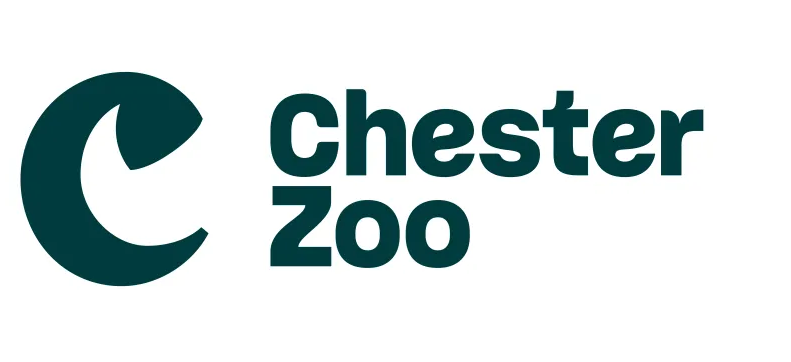Coupling salinity reduction to aquatic animal well-being and ecosystem representativeness at the Biodôme de Montréal
DOI:
https://doi.org/10.19227/jzar.v3i2.96Abstract
This paper presents a case study of a locally adapted sustainable strategy of salinity reduction applied to the Saint Lawrence maritime ecosystem at the Biodôme de Montréal. In conformity with the standards of the CAZA (Canadian Aquarium and Zoos Association), this procedure was implemented to reconcile animal well-being, ecosystem representativeness and control of costs under the operational environment of a cold seawater recirculation system featuring the Golfe du Saint Laurent Ecosystem (GSLE) and its associated live collection. A simple methodology to carry out safe salinity reduction procedures of artificial seawater environments (from 28 to 24 Practical Salinity Units) is proposed and detailed. Adapted salinity challenge tests at 14, 21 and 24 were conducted beforehand and simple adapted indicators were used on a selection of key species (thorny skate: Raja radiate; little skate: R. erinacea; barndoor skate: R. laevis; Atlantic cod: Gadus morhua; green urchins: Strongylocentrolus droebachien and American lobster: Homarus americanus) to evaluate the well-being and mortality risks associated with both a lower operational salinity (long-term exposure) and an unavoidable salinity drop (short-term exposure) observed during routine large-scale water renewal operations. Economic gains achieved through reduction in the use of costly synthetic salt formulation were calculated. The savings achieved during three years of operation at 24 PSU have been applied to the improvement of the water quality control management capacities of the GLSE exhibit such as a sulphur-based denitrification unit, additional ozonation and protein skimming capacities.
Downloads
Published
How to Cite
Issue
Section
License
JZAR fulfils the DOAJ definition of open access and provides free and open access to the full text of all content without delay under a Creative Commons licence. The copyright holder of JZAR publications grants usage rights to third parties, allowing for immediate free access to the work and permitting any user to read, download, copy, distribute, print, search, or link to the full texts of articles.







